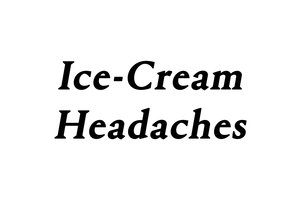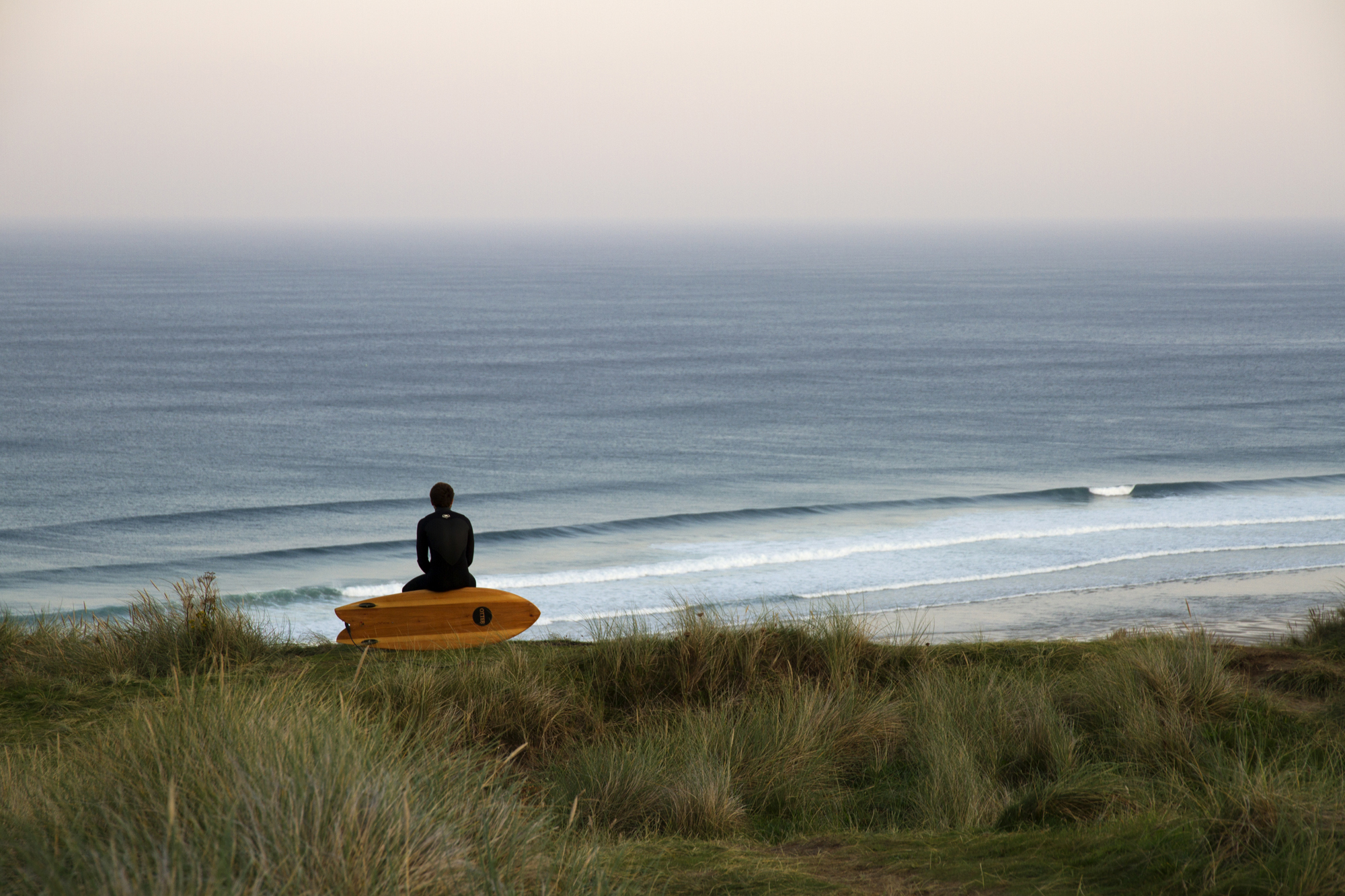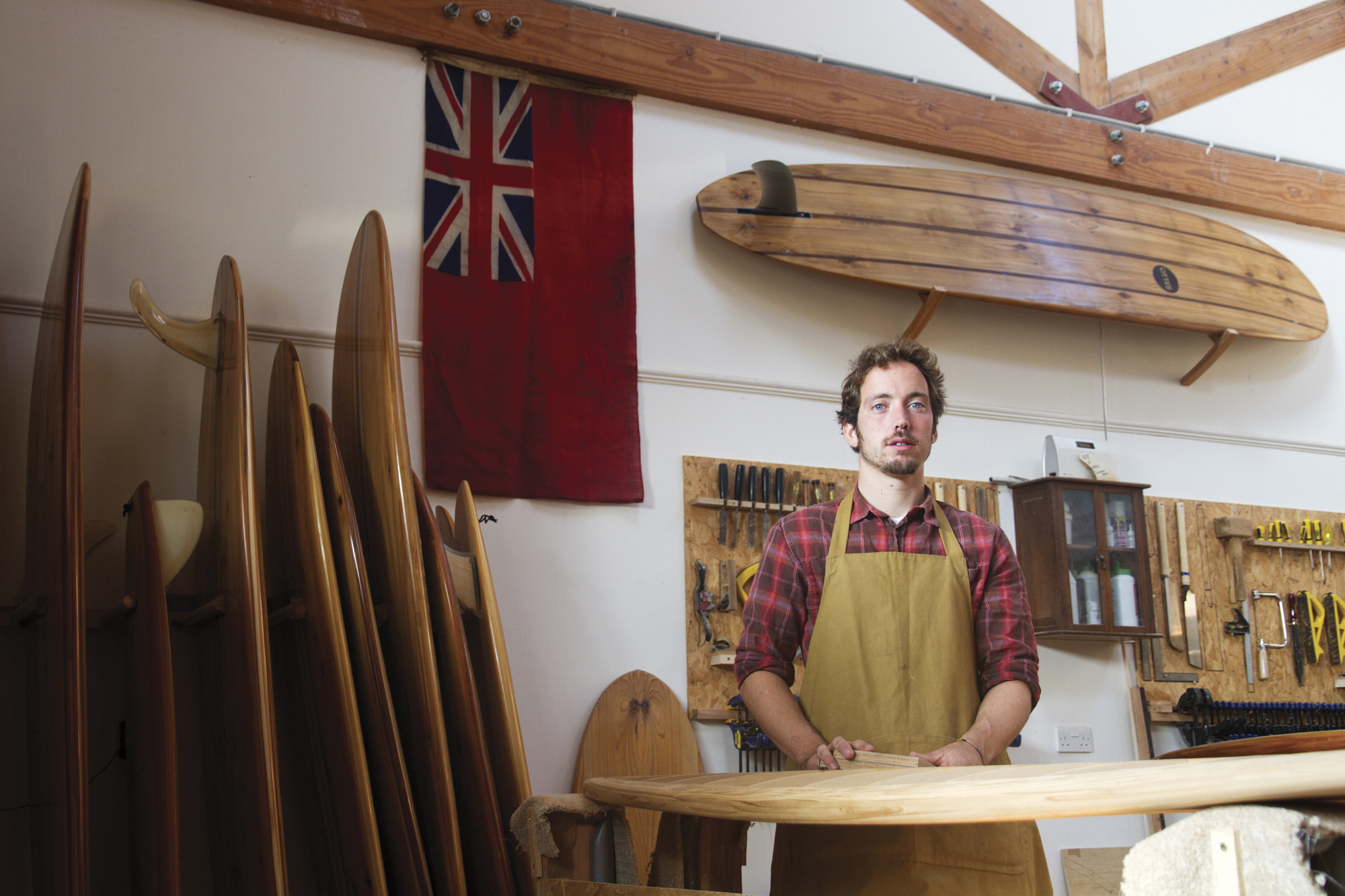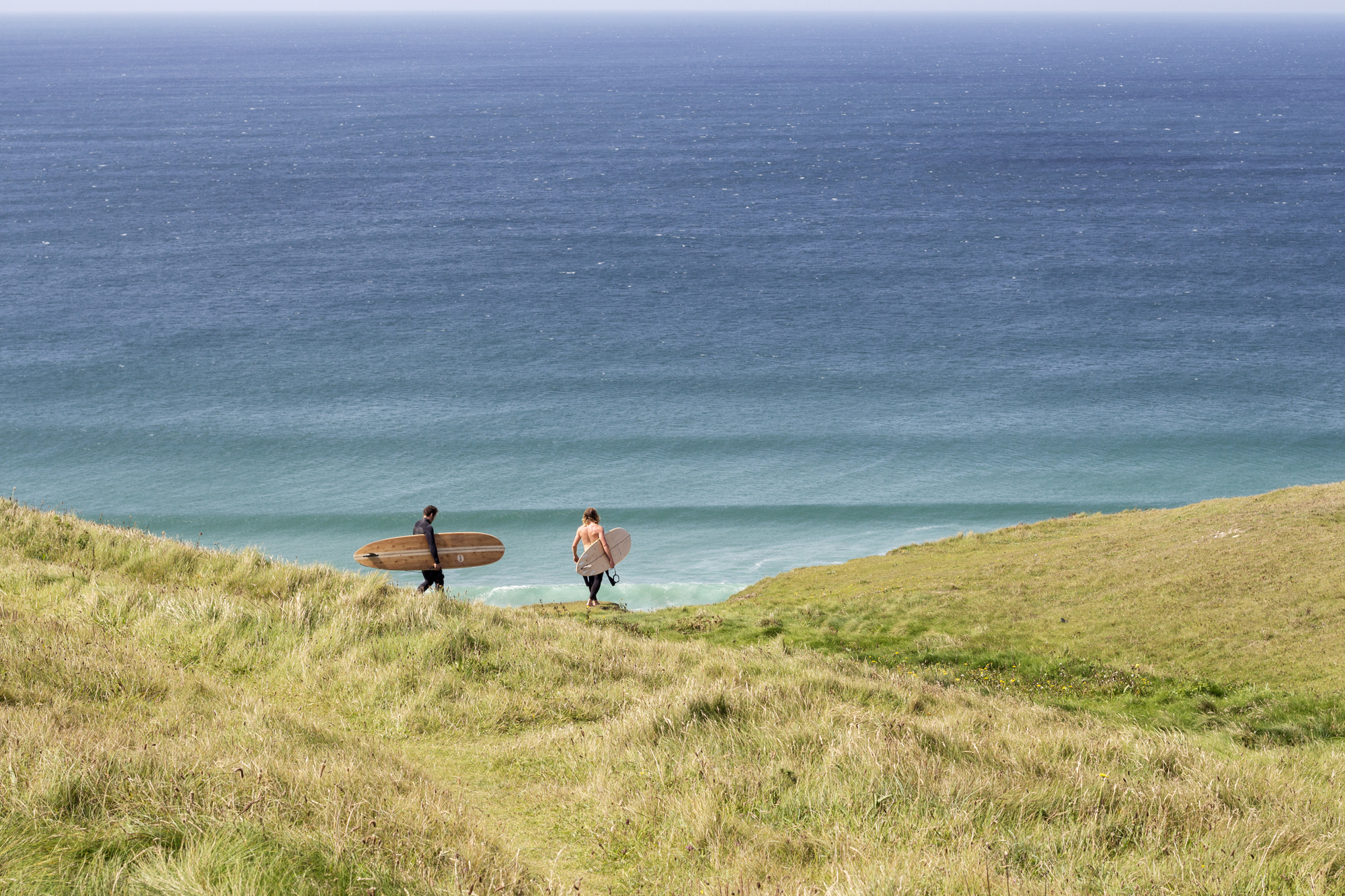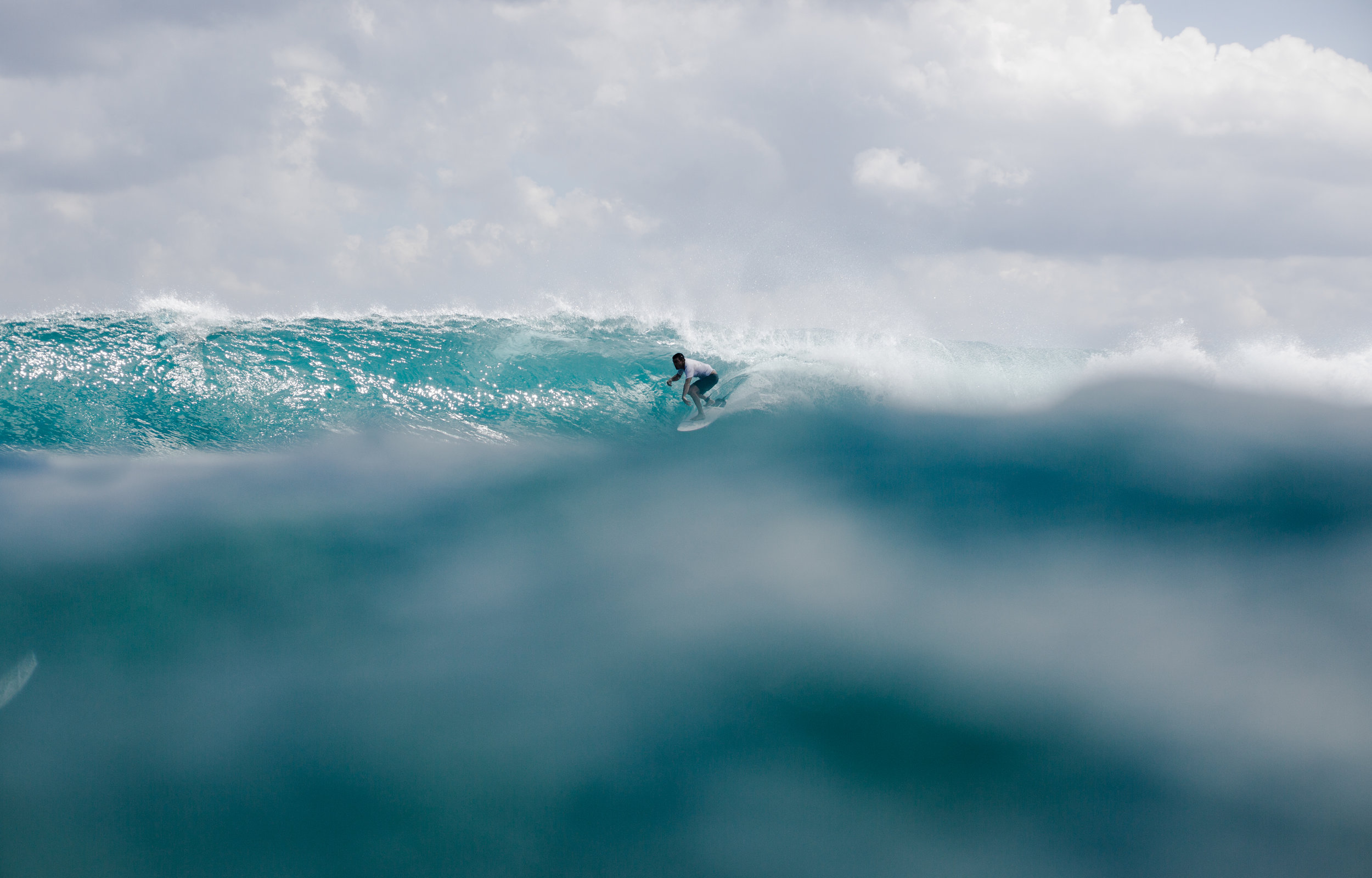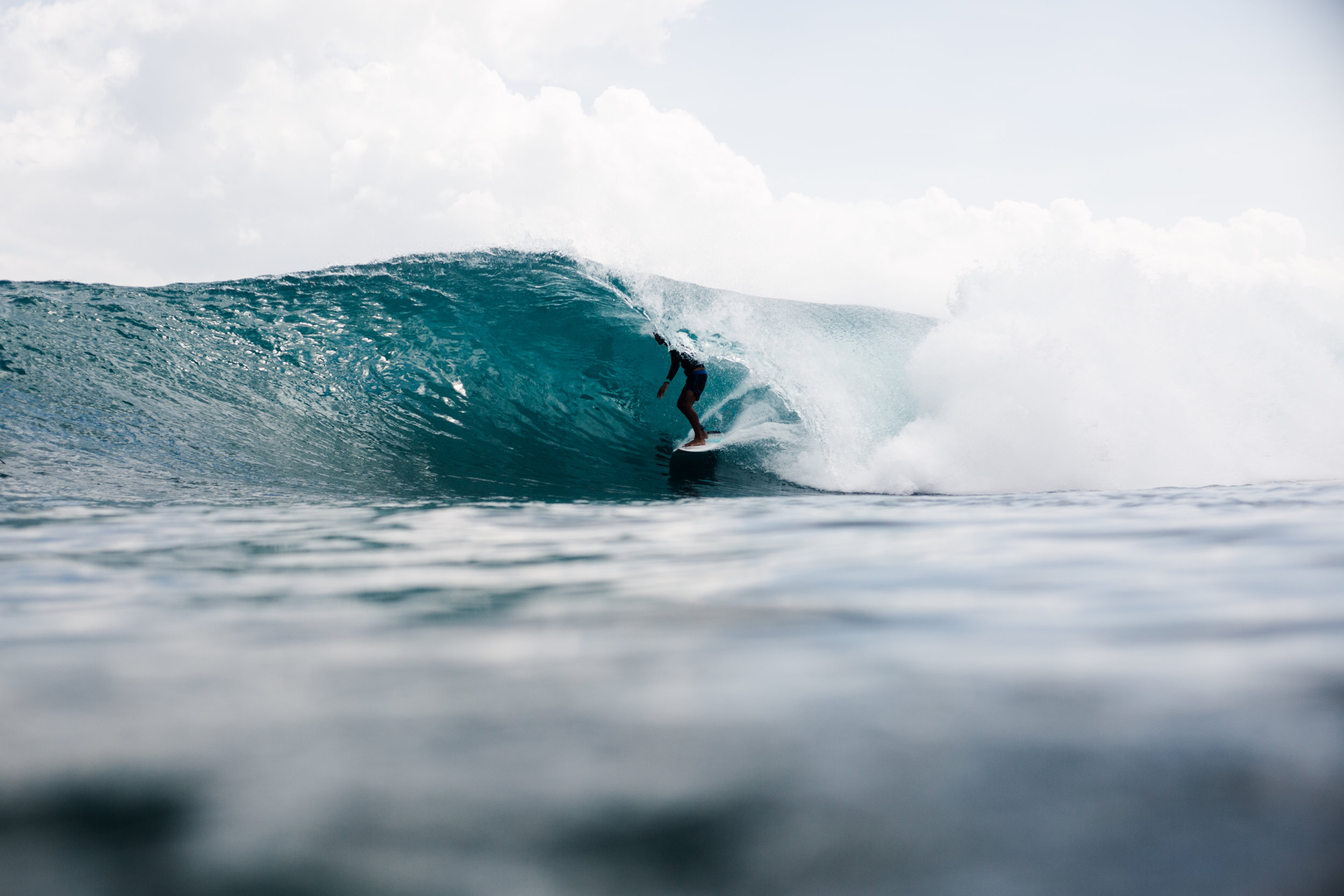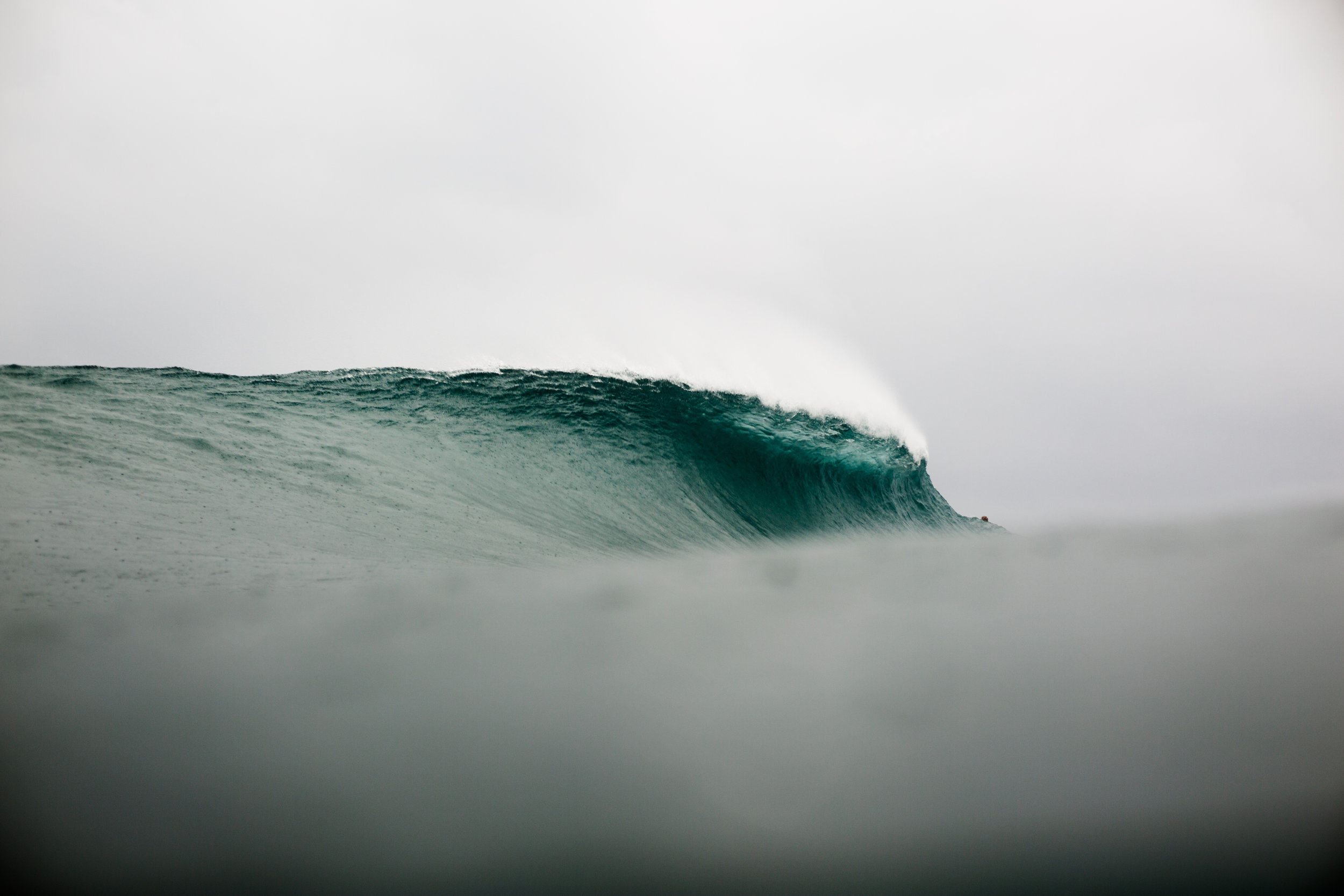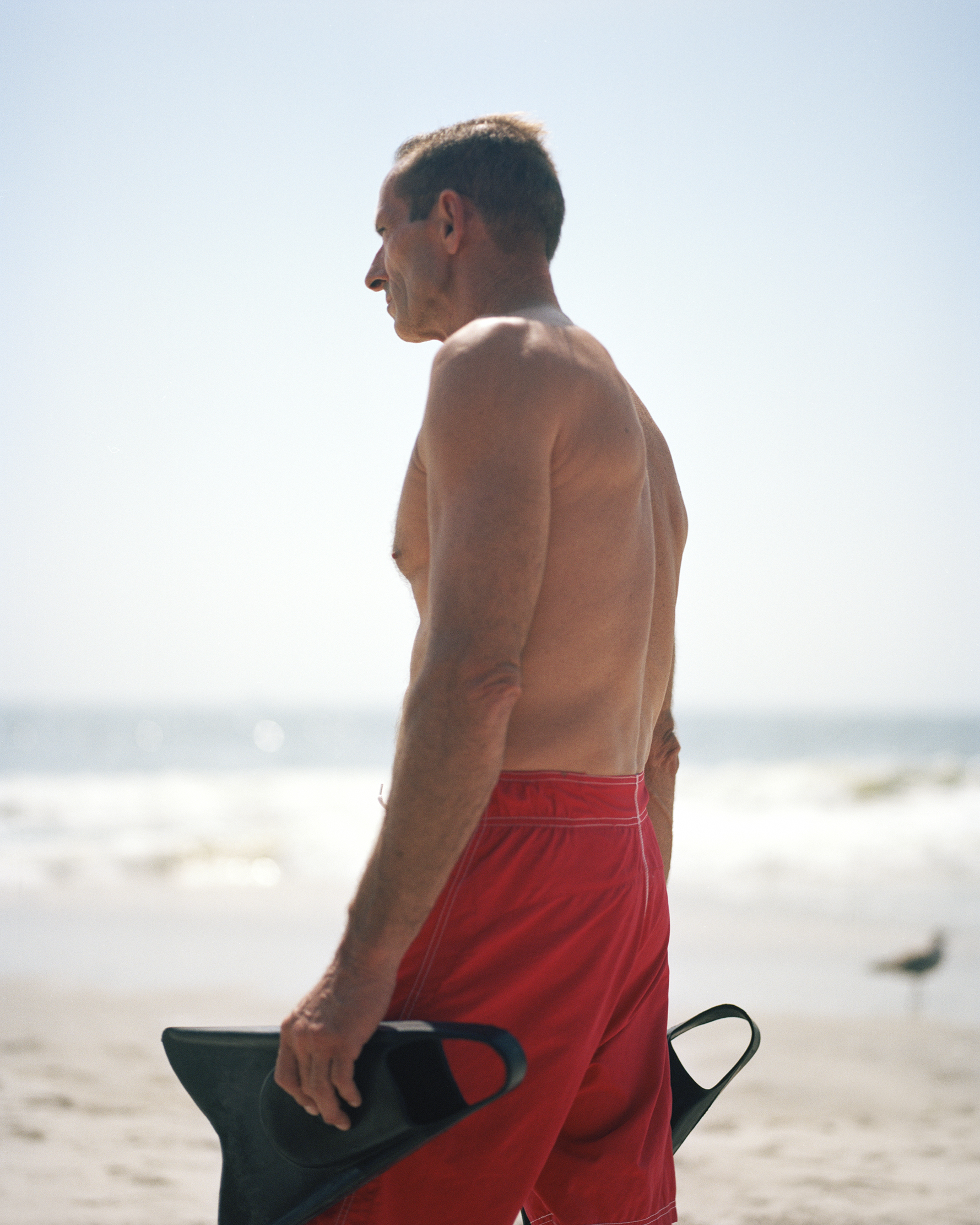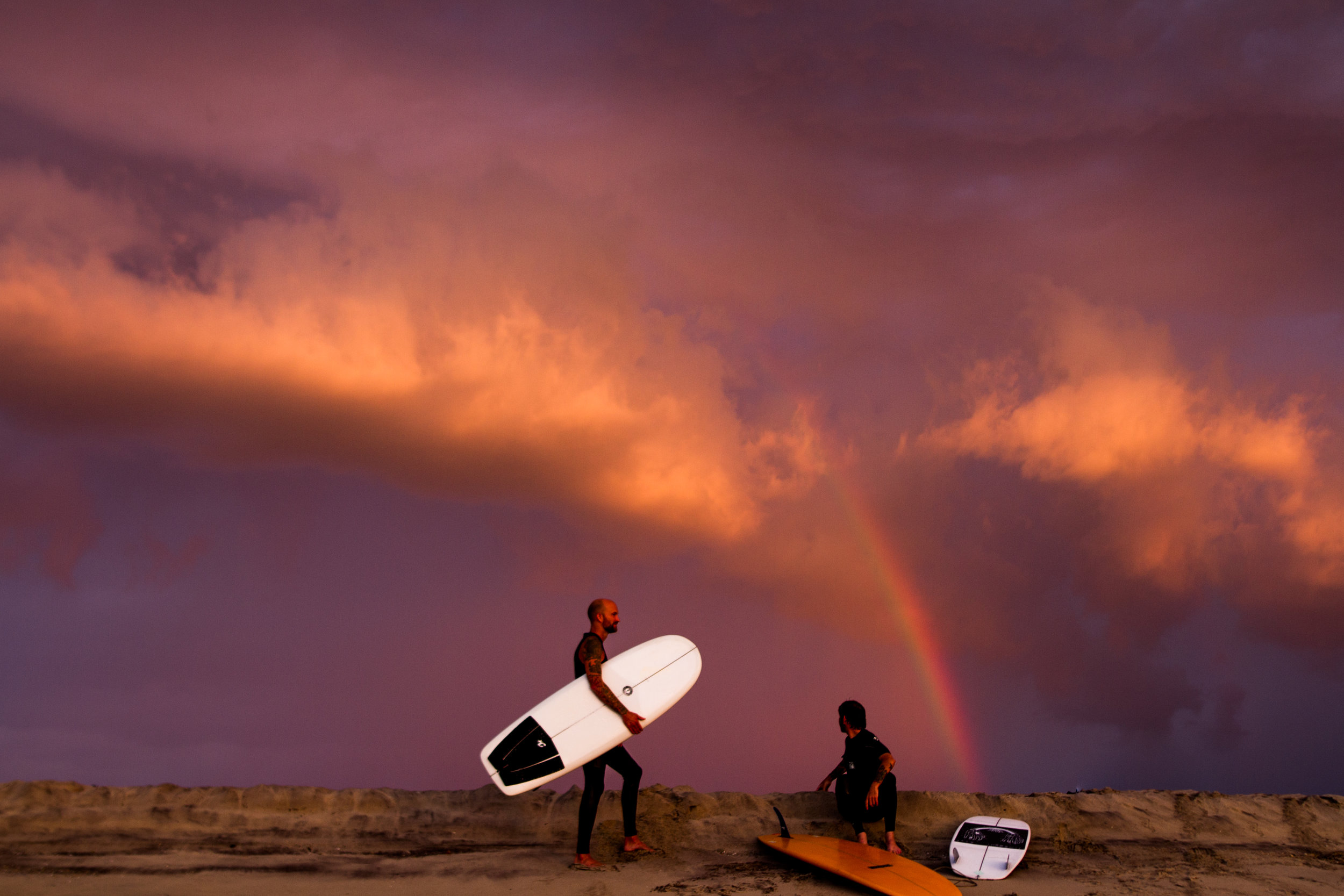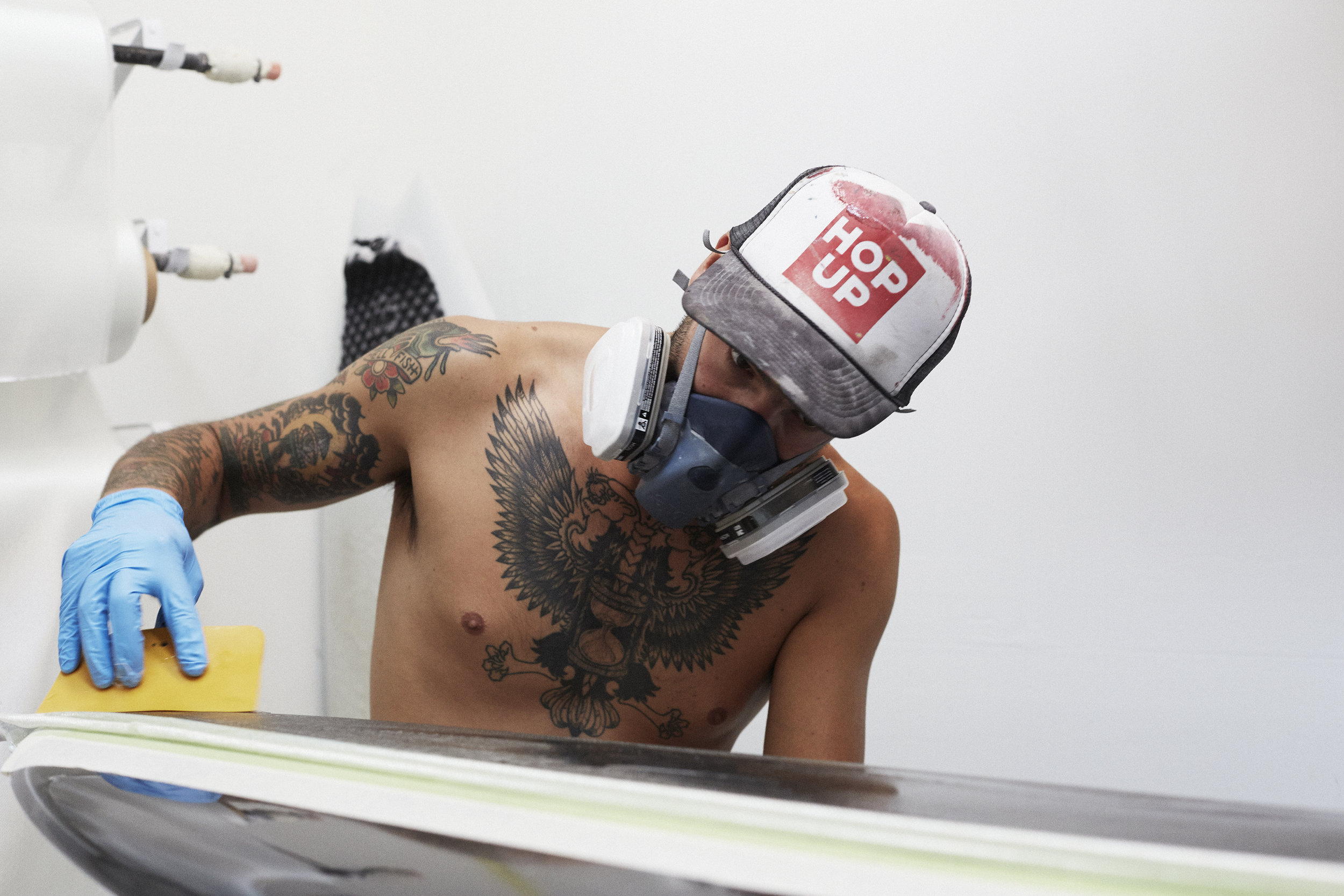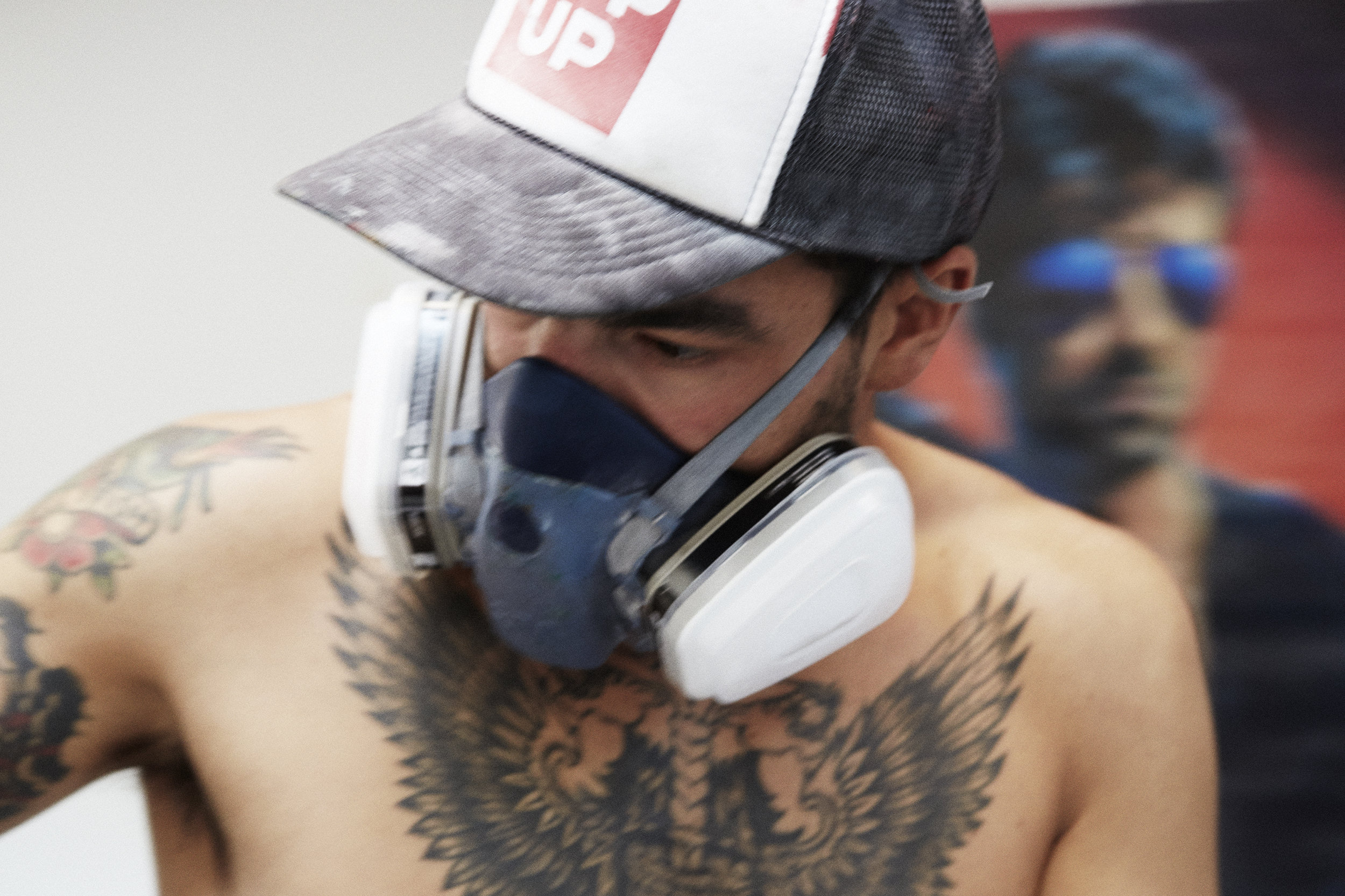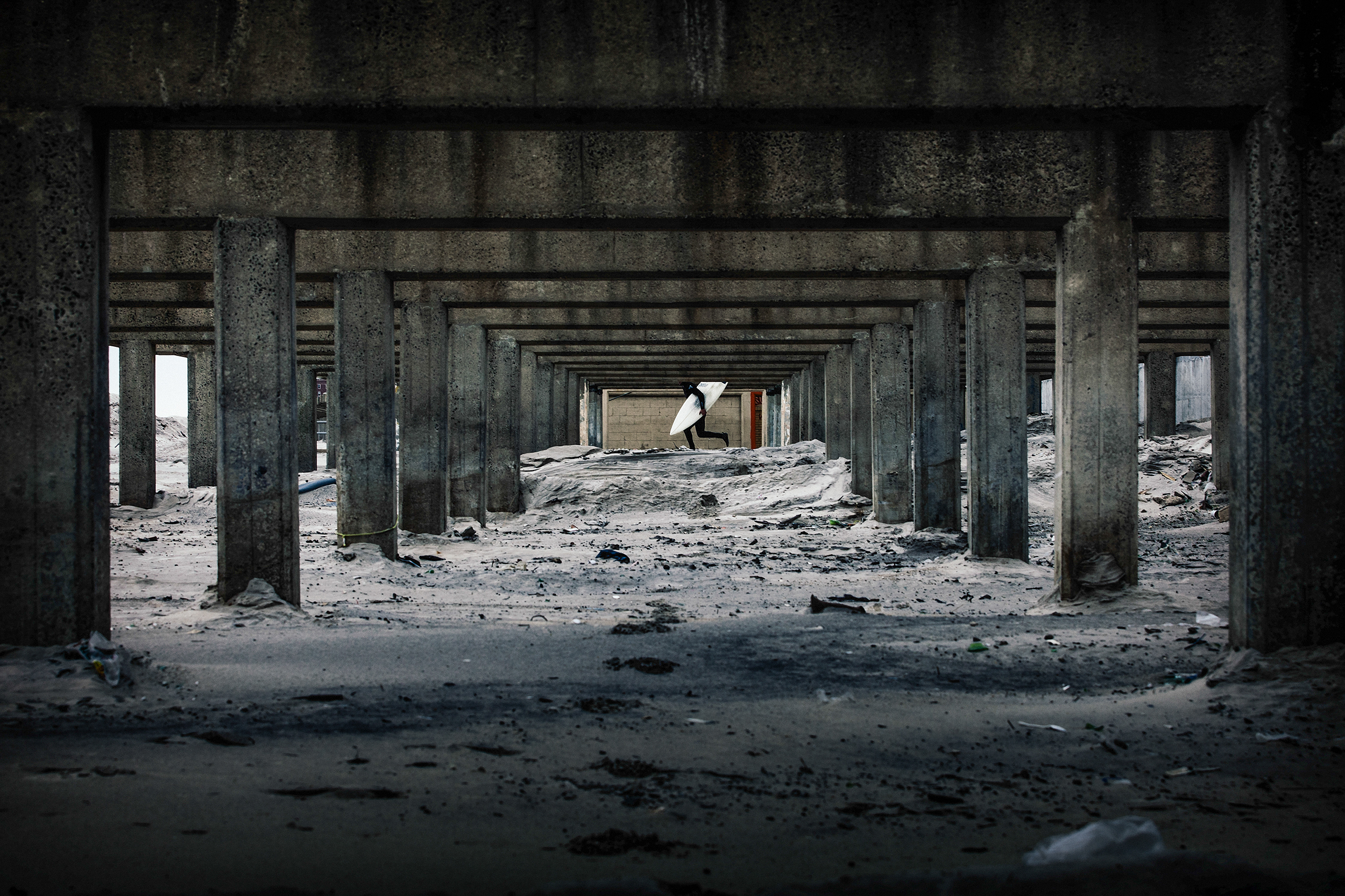As you may know, yours truly is from England, and though I deeply love living in New York, from time to time I glance over my shoulder to see what I’m missing. Brexit isn’t one of them, but Otter Surfboards most certainly is.
We recently caught up with Otter Surfboards founder, James Otter, to find out more about his wooden surfboard company. Otter descends from a family of farmers and carpenters, so if there’s a gene for finding pleasure in working with your hands, Otter almost certainly has it. Growing up connected with the land and with craftsmanship Otter went on to attended one of England’s more outdoorsy, coastal universities, Plymouth. It was here that the idea of building wooden surfboards first struck.
Ice Cream Headaches: Tell us about the genesis of Otter Surfboards - where did the idea come from?
James Otter: The thought of making my first wooden board actually came from a magazine: The Surfer's Path. I was studying furniture making, heading into my final year and through the summer break they ran an issue called 'The Wood Issue', which exposed me to a whole world of wooden surfboard makers. I loved the idea of it, so began working out how to use local timber to make surfboards. After two years of experimenting, I got to a point where I was happy with the boards and started working out how to sell them.
ICH: Did you know right away that you could make it work, or were you considering other paths at the time?
JO: I definitely didn't know if it would work, but I was young, so didn't have any financial commitments or dependants, and I had the 'If not now, when?' question rattling round my head. So I jumped into it and gave it all the energy I had. Luckily I've had such supportive friends and family that are still by my side to this day, who have helped make it all possible.
ICH: You've said in previous interviews that you were surprised and very happy to discover that teaching people how to make these boards was almost as fulfilling as making them yourself. What is it about teaching, or the combination of teaching and making, that’s so satisfying?
JO: By teaching people to make things, you open them up to what they are capable of doing with their own two hands. It gives them such belief and confidence that you can't help but smile. Today, not many people stop and take the time to make anything, let alone something they plan on playing with in the ocean, so the excitement and anticipation that rattles round the workshop during our courses is just magical.
ICH: What's the hardest thing about running this company?
JO: For me, it's simply the ambiguity of it all. We never know when the next order might land in our inbox, which leads to some pretty lean months, even years, which can be tricky to deal with. Although we definitely aren't in this to make lots of money (I think that would be incredibly hard), we do need to make enough to keep going, and that can be challenging at times. Luckily, after 8 years’ running the company, we're still here and still smiling. It still doesn't feel like a 'real job', hanging out with friends, laughing and surfing for most of our waking hours.
ICH: For people who are deeply attached to surfing, but who’ve never tried a wooden board, what would you say to convince them to give it a go?
JO: I know for a fact that it isn't for everyone, but for those with an open mind it can transform your surfing. Our boards finish about 25% heavier than a typical foam board. They have momentum and carry speed, so they really suit big, smooth turns and flowing lines. If that's the kind of surfing you aspire to, then they could be just what you're looking for. Also, knowing exactly how they are made and what they are made from - literally being able to see where the trees once stood - is a big plus side for us. We make our boards to the absolute best of our abilities and know they will last decades, all of which contributes to better care for our planet.
ICH: How important are partnerships with other brands or sponsored surfers in spreading the word about your work and your boards?
JO: We love working with like minded people, companies and charities. It's a way to elevate what we do and expose ourselves to new audiences, so it works really well as a way of getting our name out there. It's also one of the most enjoyable parts of the job because each new partnership or project demands creativity and a new story.
ICH: Is there any surfboard technology you're aware of, or following, that you believe could make a meaningful dent in the environmental impact of mainstream surfboard manufacturing, and what are the barriers to wood as a material playing a bigger role in the industry?
JO: I think there are several that are interesting to keep an eye on, but it's a tricky question because most of them are still based on a very capitalist attitude of selling more products to make more money. It's really encouraging that you have larger manufacturers trying out new materials and manufacturing processes to try to make boards more sustainable, but there is also a heck of a lot of miscommunication and green-washing. The big manufacturers still, ultimately, rely on selling a huge volume of products to make their businesses viable. We focus on doing the least amount of harm we can and making the best product we can, but above all for us, we are building a community of like-minded individuals who will make real changes in their local communities. We can all make a difference.
ICH: What is your vision for Otter Surfboards in the long term - do you plan to keep growing organically, or are there other plans for growth or diversifying on the horizon?
JO: There are some fairly natural progressions for us, but we enjoy doing what we do so much that it's mostly about the preservation of that. It's funny, we got together a few years ago as a team and decided that growth for us doesn’t mean chasing targets for more customers and more sales. Instead, it’s about finding ways to improve our customer's experiences, add more value to the surfboards and our care for people. We've got a few projects and plans up our sleeve, but ultimately we're keen to keep doing what we already do. When you have customers that make positive, life-changing decisions off the back of their experiences with you, it feels like we could hang up our tools tomorrow and be more than happy with how we’ve affected the world around us.
We’d like to thank James Otter and photographer Mat Arney, for their time. Check out Otter Surfboards at their website here.
For news, action and offers, follow Ice Cream Headaches on Instagram here.
